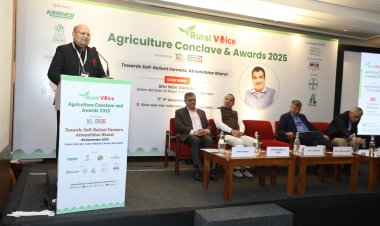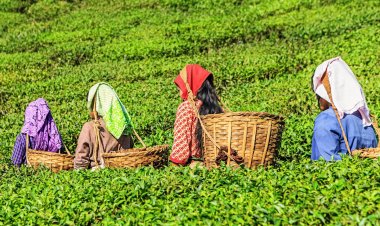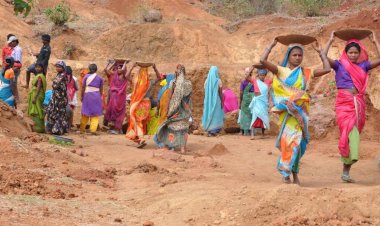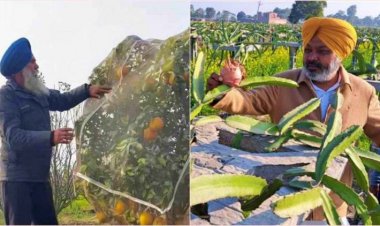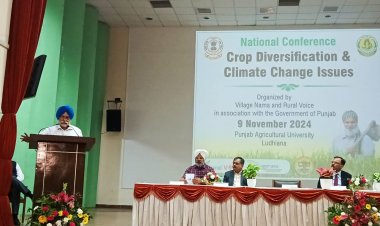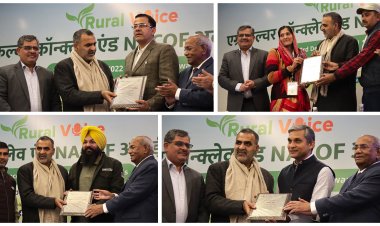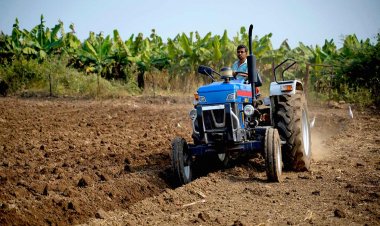Mangoes not aam: Production declines due to premature high temperatures
Mango-producing farmers are facing a critical situation. Farmers say that there has been a decline in production by 50-70 per cent this year. Lucknow and Malihabad, which are famous for mangoes, are also among the areas badly affected.

The premature heatwave and record-breaking temperatures have caused huge losses to the mango crop in North India this year. Mango-producing farmers are facing a critical situation due to this. Farmers say that there has been a decline in production by 50-70 per cent this year. Lucknow and Malihabad, which are famous for mangoes, are also among the areas badly affected.
Atul Awasthi, a resident of the Latifpur village in the Lucknow district, told Rural Voice that he had a mango orchard spread over four hectares. Of this, 3.5 hectares consist of Dussehri mangoes. Every year he got 17-18 tonnes of mangoes per hectare. But the sudden rise in temperature in March this year has brought down the production to merely 7 tonnes per hectare. A 60 per cent decline in production has caused him much financial loss.
Mahak Singh, a resident of the Chaura Khurd village in the Saharanpur district, has mango and litchi orchards spread over 10 hectares. He told Rural Voice that the heatwave from March 21 to 30 this year spoiled the mango flowers. Dussehri and Chausa were the species most affected. Singh said that the litchi crop also suffered hugely due to the heatwave. He said that mango production had suffered a decline of up to 50 per cent and litchi production up to 70 per cent.
When Rural Voice spoke to Dr HS Singh, Principal Scientist at the ICAR-Central Institute for Subtropical Horticulture (CISH), he said, “Mangoes need a certain temperature at the time of flowering and fruit-setting because pollination is necessary for the development of fruit. But winter continued for long this year and there was a sudden rise in temperature. This disrupted the pollination process and fruits could not develop from the flowers.”
Dr Singh said that a temperature of about 30 degrees Celsius was favourable for flowering and pollination in mangoes. Usually, this is the temperature one gets to see in March. But this year March became as hot as April and May. According to the Indian Meteorological Department (IMD), the average maximum temperature (33.10 degrees Celsius) registered across the country in March 2022 was the highest in the last 122 years. In March 2010, the country had registered a maximum of 33.09 degrees Celsius.
This high temperature severely affected pollination in mangoes and prevented fertilization. According to Dr Singh, in the case of trees that had flowered early and in which pollination and fertilization had been completed before the rise in temperature, fruits developed well.
The steep decline in mango production has led to prices of Rs 80-100 per kg in the market. A mango seller in Lucknow said, “We have to buy mangoes from the farmers at higher prices this year as the mango crop has suffered.” And this, in turn, has led to high market prices.
People wait for the summer to relish mangoes. But mangoes have not remained aam (common) this year due to the sudden onset of the heatwave in March.



 Join the RuralVoice whatsapp group
Join the RuralVoice whatsapp group

















